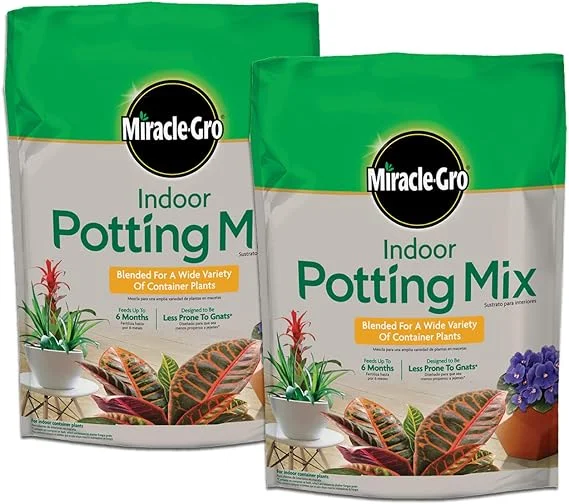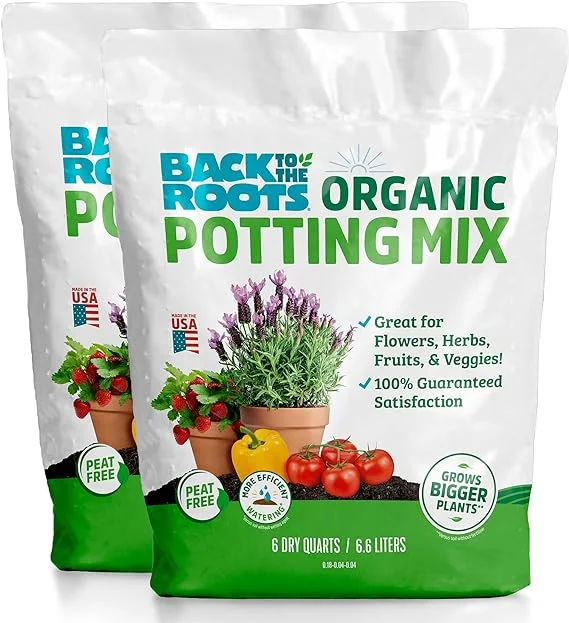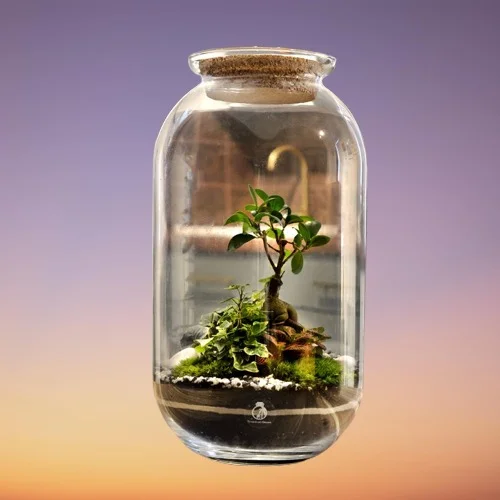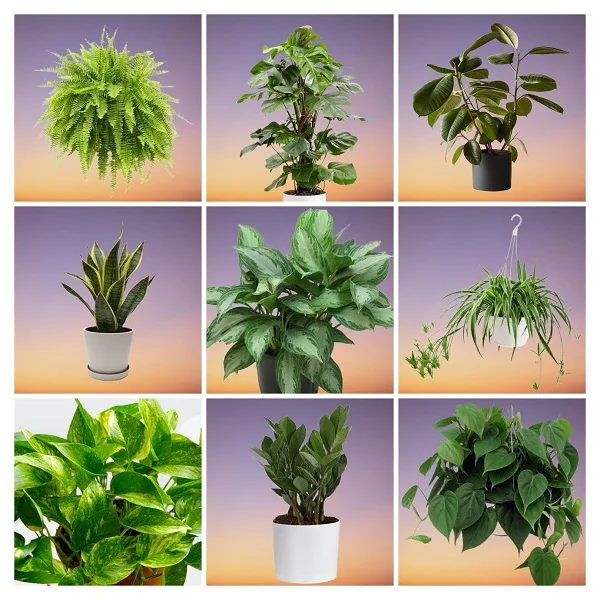How to Grow and Care for Nerve Plants (Fittonia) Indoors
Some links in this post may be affiliate links
Nerve Plant (Fittonia) prospers in medium to bright indirect light, warm and humid conditions and consistently moist, rich, well-drained, all purpose soil coupled with monthly feeding during the growing season.
Fittonia also called Net Plant, Lace leaf or Snakeskin are popular plants for the small spaces and are easily recognisable from their leaves which bear a network of white, pink or red veins.
The leaves are about 2 inches long, green colored and are attached to hairy stems. Nerve Plants are small, low-growing reaching a height of about 6 inches only making them perfect for limited spaces.
Nerve Plants are easy to grow under room conditions when provided with warmth and abundant moisture around the leaves like in a well-lt bathroom, a terrarium or a bottle garden. It is among the best plants for the bathroom.
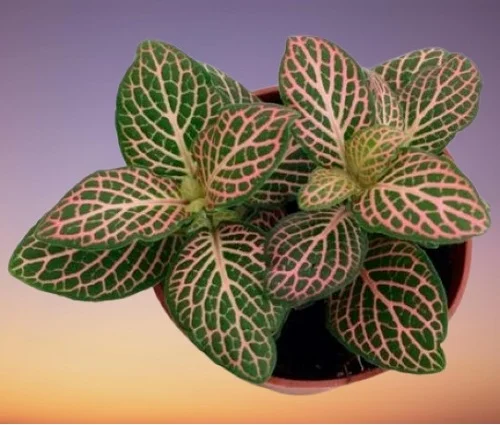
Botanical name: Fittonia
Family: Acanthaceae
Common names: Nerve Plant, Net Plant, Lace leaf, Snakeskin
Origin
Fittonia have their origin in the tropical rainforests of South America, specifically Peru where the growing conditions are warm and humid.
Varieties
Several varieties of Fittonia are available. Fittonia argyronuera has white veins and is more distinctive.
The dwarf variety Fittonia argyronuera nana, Dwarf Snakeskin Plant is less demanding and is easy to grow under room conditions. It is just as attractive as its large-leaved parent but it will flourish in dry air away from direct sunlight with ocassional misting of leaves.
The large-leaved Fittonia vershaffeltii has pink veins, hence the common name Painted Net Leaf and many other varieties.
Toxicity
Nerve Plants are non-toxic to humans and pets as outlined by ASPCA. The plants are safe to grow indoors.
Where to Buy
If you are looking to add Nerve Plants to your collection, you may obtain these plants online on Etsy (Link to Etsy).
Nerve Plants Care Indoors
Nerve Plant (Fittonia) prospers in medium to bright indirect light, average warmth of 15-270C, humidity of 60-70% and consistently moist, fertile, well-drained, all purpose soil coupled with monthly feeding during the growing season.
Fittonia requires regular pruning to keep it neat as well as encourage a bushy growth. It does not need frequent repotting as it grows best when pot-bound. Keep reading for more on these growing conditions and how to achieve them.
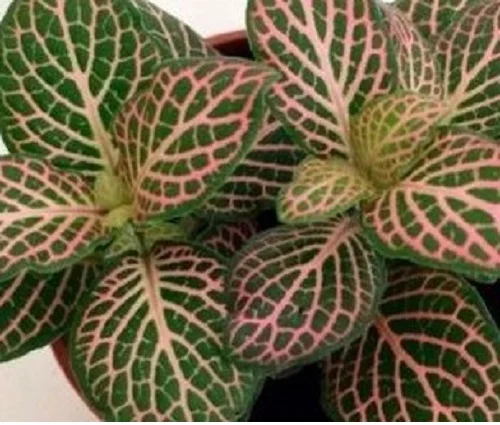
Temperature and Humidity
The best temperature for Nerve Plant is an average warmth of 15-270C. Keep it away from cold drafts as they can cause leaf drop.
Fittonia thrives in a high humidity of 60-70%. To raise humidity, set the pot on a wet pebble tray or use a cool mist humidifier. Nerve Plant can be grown in a well-lit bathroom, kitchen, laundry area and other moist areas in the home. Learn more on how to raise humidity for houseplants.
You may grow the plant in a terrarium where a high humidity can be easily maintained. It is one of the best plants for a closed terrarium.
Clean the leaves regularly by damp-wiping with a soft cloth to get rid of dust and also discourage pest infestation. Make sure that there is good air circulation to prevent fungal diseases.
Light Requirements
Nerve Plant grows best in a medium to bright indirect light. Keep it away from direct sunshine as it can lead to scorching of the leaves.
Nerve Plant can grow in lower light but will grow more slowly. It is ideal for the poorly-lit spaces. Where the natural light is inadequate, you may grow the plant under grow lights. Check out these full spectrum grow lights on Amazon.
Turn the pot regularly to ensure that the plant receives light on all sides for even growth and avoid lopsided growth.
Watering
Water Nerve Plant liberally during the growing season and allow the soil to top 1-2 inches of soil to dry out between waterings to keep the soil consistently moist.
Cut down on watering during the cold season to keep the soil slightly moist as growth is minimal at this time.
Ensure that the pot has a drainage hole to prevent the soil from getting soggy as it can result in root-rot disease and eventual death of the plant.
Fertilizer
Feed Nerve Plant with a balanced, water-soluble fertilizer every 4 weeks during the growing period. Stop feeding in the cold season as growth is minimal and feeding at this time may cause fertilizer burn.
Potting Mix
The best potting mix for Fittonia should be rich in organic matter and free-draining to prevent it from getting soggy while providing the required nutrients. Most all purpose potting mixes are ideal for this plant.
Repotting
Repot Nerve Plant during the growing season only when the plant has become pot-bound as it grows best when slightly root-bound. Use a rich, free-draining soil that is rich in organic matter and a pot one size larger than the current one.
Make sure that the pot has a drainage hole to prevent the soil from getting soggy as it can lead to root-rot and eventual death of the plant. Take a look at these pots with drainage holes on Amazon.
Pruning
Pruning Nerve Plant involves regular removal of dead foliage to maintain plant neat and reduce pest and disease infestations. To encourage a bushy, compact growth, regularly pinch off the growing tips. As the plant ages, it will become straggly. Cutback the stems during the growing season to rejuvenate growth.
Propagation
Nerve Plants (Fittonia) can be propagated during the growing season from stem cuttings or by plant division.
How to propagate Nerve Plant from stem cuttings
Take stem cuttings of about 4-5 inches length from a healthy Nerve Plant. Strip off the lower leaves of the cutting and insert the cuttings in moist rooting soil.
Position the set up in a warm, brightly-lit place and maintain the soil moist until new growth emerges.
Once substantial growth has been observed, transfer the rooted cuttings to individual pots and begin routine care. For a fuller plant, transfer several cuttings into one pot.
How to propagate Nerve Plant by spreading the stems on the soil
Spread the Nerve Plant stems on the soil surface while still attached to the mother plant.
The stems will root at every point that they come into contact with the soil.
Once rooted, sever the stems, dig them up and pot in moist soil in individual pots.
Place the set up in a warm, well-lit place and maintain the soil moist until the new Fittonia are well established after which routine care can begin.
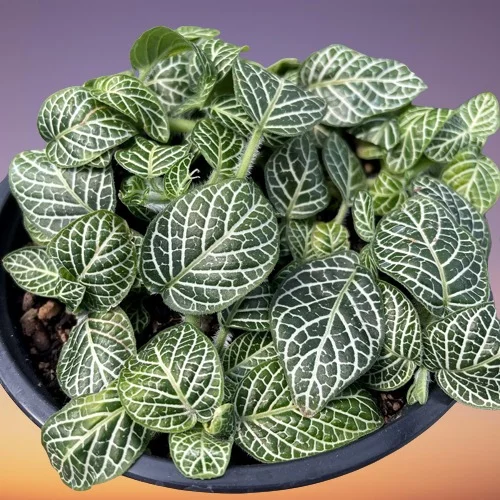
Nerve Plant Problems
Nerve Plant (Fittonia) problems include shrivelled leaves, leaf drop, plant dying, leggy growth, wilting, pests and diseases among others. Keep reading for more on these problems and how to fix them.
Diseases
The common diseases in Nerve Plants are leaf spot disease and leaf viral diseases. Isolate the affected plant to prevent spread to other plants and treat it for the diseases.
Pests
The common pests in Nerve Plants are aphids, mealy bugs and fungus gnats. Isolate the affected plant to prevent spread to other plants and treat it for the pests. Read more on how to identify and get rid of pests in houseplants.
Plant dying
Sudden death of Nerve Plant is an indication of root-rot which is prevalent in soggy soil or too cold temperatures. Maintain an average warmth of 15-270C and protect the plant from cold drafts. In addition, avoid soggy soil by ensuring proper drainage of both the soil and the pot. Learn more on how to treat root-rot in housplants.
Brown, shrivelled leaves
The cause of brown and shrivelled leaves in Nerve Plant is too dry air as it requires a humid environment to thrive. To raise humidity, set the pot on a wet pebble tray or grow the plant in a well-lit bathroom and other moist areas in the home. Learn more on how to increase humidity for houseplants.
Dropping (losing) leaves
The cause of Nerve Plant dropping (losing) its leaves is too cold temperatures due to cold drafts. Maintain a more than average temperature and keep the plant away from cold drafts like windy doors and windows. Check out this guide on understanding temperature for houseplants.
Leggy growth
Leggy growth in Nerve Plant is due to two possible reasons. As the plant ages, it becomes leggy. Cutback the stems during the growing season to rejuvenate growth.
The second possible reason for leggy growth is too little light as it grows best in medium to bright indirect light or instal a grow light if the natural lighting is not adequate. Check out this guide on understanding light for houseplants.
Yellowing and wilting leaves
Yellowing and wilting leaves in Nerve Plant are due to soggy soil. Ensure that the pot has adequate drainage and the soil is free-draining to prevent the soil from getting soggy.
You liked it? Share on social media.
Related Content
Amazon Associates Disclosure
Homeplantsguide.com is a participant in the Amazon Services LLC Associates Program, an affiliate advertising program designed to provide a means for sites to earn advertising fees by advertising and linking to amazon.com.

